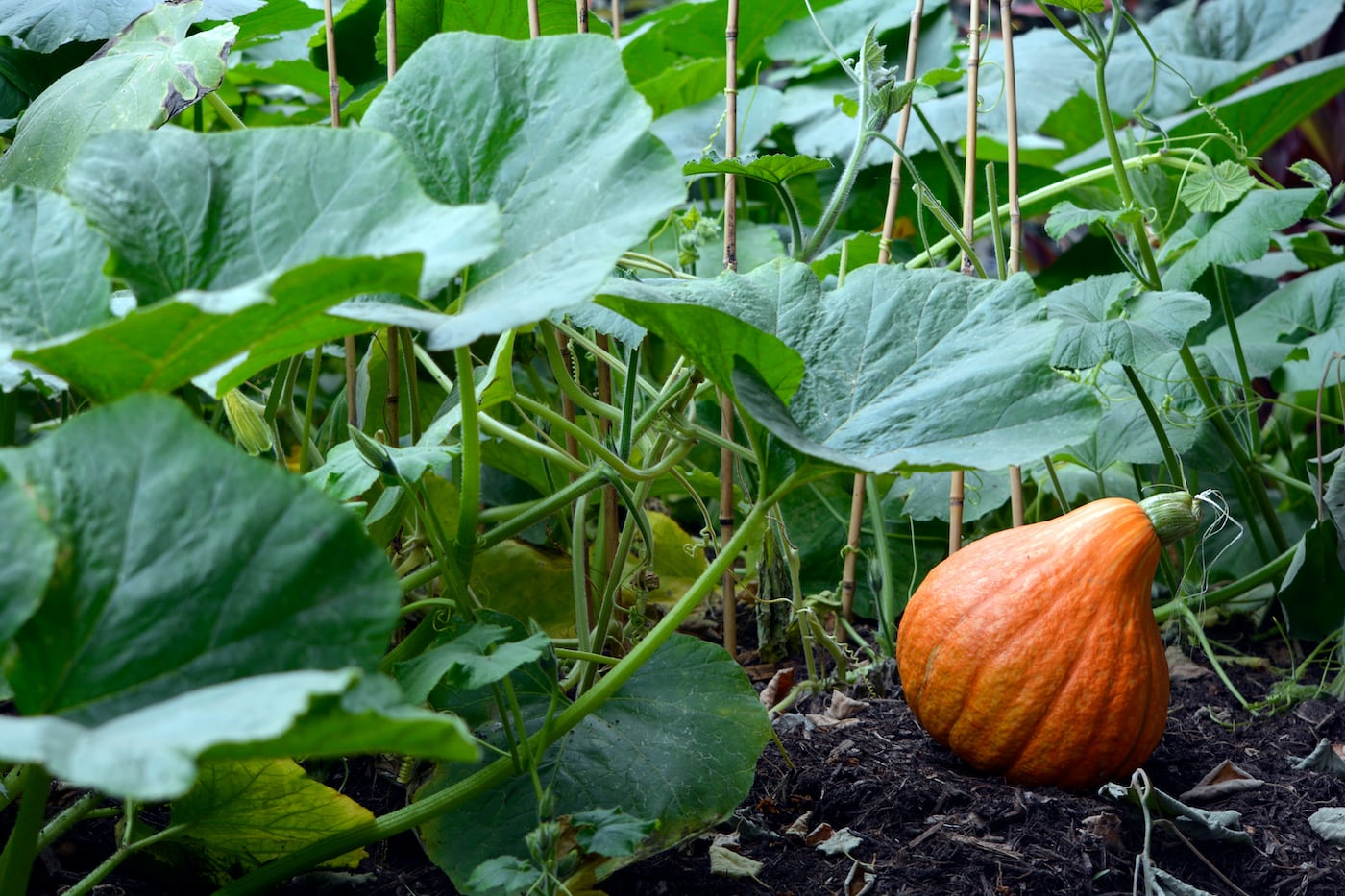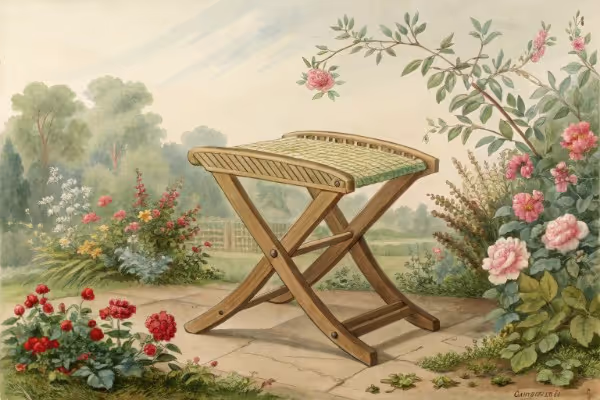Plant Regrowing: Fresh Vegetables from Kitchen Scraps

Plant Regrowing
Plant regrowing turns humble kitchen scraps into thriving vegetables. Carrot tops, lettuce ends, and scallion roots—all you need is water, sunlight, and patience to get started. Plant regrowing saves money, trims waste, and revives your meals with fresh produce grown from what you'd normally toss out. Curious how easy it actually is? Let's get growing.
Cheatsheet: Quick Guide to Regrow Veggies from Scraps
🌱 Popular Veggies to Regrow
- Green onions: Regrow from roots in water; harvest in 7 days.
- Lettuce/Celery: Save bases, root in water, then transplant to soil.
- Garlic: Plant cloves pointed end up; sprouts in 7-14 days.
- Carrot tops: Place tops in shallow water, new greens form in 3-5 days.
- Pineapple: Remove crown, root in water, then pot in soil (long-term).
🛠️ Tools and Products You'll Need
- Clear jars or glasses (for water rooting)
- Potting mix
- Small pots or containers
- Sharp knife
- Spray bottle (for misting)
📋 Basic Steps
- Trim usable part, leaving base or root nodes intact (½–1 inch/1.5–2.5 cm for lettuce/celery).
- Place base/root in shallow water, cut side up. Change water daily. Sunlight: 6+ hours.
- Wait 3–7 days for roots or new growth to form. Remove decayed bits.
- Transplant to moist soil when healthy roots form (2+ inches/5+ cm).
- Harvest outer leaves or shoots as needed; regrowth continues.
🌞 Key Conditions
- Bright indirect sunlight; avoid harsh afternoon rays.
- Room temperature: 65–75°F (18–24°C).
- Consistent moisture (not soggy).
🥕 Nutrition & Sustainability
- One celery base can yield 2–3 new stalk harvests.
- Regrowing scraps reduces food waste by up to 30% per household (FAO).
- Fresh regrown greens contain higher vitamin C and fiber than stored produce.
⏲️ Pro Tips
- Rotate jars to prevent lopsided growth.
- Add a drop of liquid fertilizer weekly after transplanting.
- Snip off yellow or damaged leaves promptly.
Why Plant Regrowing Should Be Part of Your Gardening Routine
I first stumbled onto the satisfying miracle of plant regrowing by accident, chopping onions one day in the kitchen. Tossing the root-end into a shallow dish of water without much thought, I noticed days later that tiny green shoots had emerged, defying the compost bin.
Plant regrowing is gardening therapy, kitchen thrift, and quiet alchemy, all rolled into one. Let me show you how beautifully simple—and addictively fun—it can be.
Vegetable Scraps That Thrive in Water
The easiest successes often start right on the kitchen windowsill, no garden bed required. Here are my top contenders that stubbornly refuse to die:
- Green onions and scallions: Place their root ends upright in a small jar with just enough water to cover the roots, changing the water every couple of days. Within no time, bright green shoots return ready for trimming.
- Celery: My first celery regrow was an eye-opener. Submerge the base in water about an inch (2.5 cm) deep, and within a week or so fresh celery stalks sprout from the center.
- Romaine lettuce: Surprisingly cooperative, this leafy staple regenerates happily from its base in shallow water. Expect tiny green leaves to sprout forth after a mere 7-10 days.
I've seen lettuce almost magically regenerate after being destined for tonight's Caesar salad more times than I can count.
Did you know nearly 25% of home vegetable scraps have the potential for regrowth? That's dinner and sustainability joined hand in hand.
Taking Plant Regrowing from Water to Soil
While water alone works wonders, transitioning certain plants to soil expands their longevity. My basil regrowing began in a quiet glass of water beside the sink, but moving those invigorated stems into pots undeniably strengthened their health and flavor.
Here's my tried-and-true method to ensure a smooth move:
- Allow robust root development in water (usually between 5-8 cm or 2-3 inches long).
- Choose a well-draining soil blend, lightly moistened beforehand.
- Gently plant roots, firming soil to eliminate air pockets and securing the stem upright.
- Maintain consistent moisture, avoiding waterlogging, and gradually introduce the plant to indirect sunlight for acclimation.
Tips to Maximize Success With Plant Regrowing
- Keep It Clean: Refresh water regularly (every 2-3 days) to prevent bacterial growth.
- Sunlight, Please: Aim for bright yet indirect sunlight—think kitchen windowsills rather than scorching midday heat.
- Be Patient & Observant: Tiny changes signal progress. Give plants their own pace—nature's timeline rarely matches ours.
I admit openly to hovering each morning over my regrowing scraps, coffee in one hand, and marveling at their humble resurgence.
Common Pitfalls (and How I've Overcome Them)
Plant regrowing isn't foolproof. I've dealt with root rot, wilting leaves, and occasional infestations of fruit flies mistaking my indoor water vessels as resort destinations.
- Root rot: Combat this by reducing water on roots and ensuring good airflow. Less is often more when it comes to moisture.
- Aphids & pests: A diluted soapy spray made with mild dish soap effectively discourages freeloading insects.
- Wilting or yellow leaves: Usually signals overexposure or lack of nutrients. Relocate the plant or transplant to soil for a nutrient boost.
Satisfying Your Curiosity Without Breaking the Bank
Few gardening projects deliver such rewarding immediacy. Scraps that were destined for compost now quietly spring upwards, defying waste and offering fresh produce at virtually no expense.
The quirky satisfaction in capturing life's persistence from the remains of yesterday's dinner continues to amaze me each time. Trust me: once you see a tired stub of lettuce reawaken or scallions send up green spikes, plant regrowing becomes an irresistible habit you won't quit.

Want smarter plant choices? 🪴
Frequently Asked Questions About Vegetable Plant Regrowing
What vegetables can I easily regrow at home?
Onions, carrots, celery, garlic, lettuce, and leeks sprout readily from kitchen scraps. Root ends, stalk bases, and cloves produce vigorous new growth when placed in water or soil.
How long does it take to regrow vegetables from scraps?
Growth rates depend on vegetable type and conditions. Lettuce and celery regrow to edible size within 1–2 weeks, while carrots and onions may require 2–4 weeks before noticeable development appears.
Do I need special containers or equipment?
No specialized items are required. Common household items such as glass jars, shallow bowls, and small pots provide ideal environments for regrowth. Ensure your chosen vessel allows adequate space and proper drainage or regular water changes.
Should vegetable scraps sit in water or soil for best results?
While root vegetables such as carrots and onions prefer placement in shallow water before transferring to soil, leafy vegetables like lettuce and celery perform best directly rooted in soil after initial water sprouting. Maintaining fresh water by changing it every 2–3 days is essential for optimal root health.
What lighting conditions are optimal for plant regrowing?
Indirect, bright sunlight encourages healthy regrowth without scorching delicate leaves. Position your plant regrowing containers near an east or west-facing window, providing approximately 4–6 hours of filtered natural light each day.
At what temperature should I keep my regrowing vegetables indoors?
Ideal indoor temperatures range between 65–75°F (18–24°C). This moderate climate promotes steady plant growth and reduces the risk of bolting or wilting.
Can I repeatedly regrow vegetables from the same scrap?
Vegetable scraps usually yield one strong regrowth cycle. After harvesting your edible regrowth, start anew with fresh kitchen scraps to ensure vigorous, healthy plants.
Do regrown vegetables require fertilizers or supplements?
Regrown vegetables usually thrive using the nutrients stored within the initial scraps. However, transferring to soil after initial rooting can enhance growth. Adding a diluted organic fertilizer or compost-enriched potting mix fosters stronger root systems and increased yields.
Can I transfer my regrown plants outdoors?
Yes, once established, transferring regrown vegetables outdoors boosts growth and yield. Gradually acclimate seedlings to outdoor conditions by placing them outside for short intervals daily over several days. Ensure outdoor temperatures remain consistently above 50°F (10°C) before permanent outdoor planting.
Plant regrowing isn’t some new trick—it’s old-school wisdom that still packs a punch. With a handful of kitchen scraps and a bit of patience, you can coax new life from lettuce ends, onion roots, or celery stumps. Regrowing vegetables at home means less waste and more flavor, right at your fingertips. The process is simple, but the rewards—watching a leftover sprout into dinner—feel downright magical.
If you’re hungry for more ways to get the most from your food scraps, check out this guide on food gardens or tips for growing food indoors. Plant regrowing is about stretching what you have, savoring the process, and eating well. Sometimes, the best things in life really do start at the bottom of the crisper drawer.
Pro Tips on Maximizing Plant Regrowth from Vegetable Scraps
Boost Growth with Natural Nutrients
- Banana Peel Tea: Soak banana peels in water (24–48 hrs); water plants weekly to replenish potassium and phosphorus.
- Eggshell Water: Steep crushed eggshells in 1 liter (4 cups) of water overnight; apply bi-weekly for calcium-intensive veggies like celery and leafy greens.
Timing for Optimal Root Development
Initiate regrowth immediately after harvesting the vegetable to enhance rooting vigor. Delay reduces energy reserves and success rate by up to 60%.
Temperature Managing for Accelerated Results
- Cool-climate vegetables (lettuce, celery, bok choy): Regrow at consistent temperatures between 15–21°C (59–70°F) for rapid leafy growth.
- Warm-season vegetables (sweet potato, ginger, basil): Keep at 22–28°C (72–82°F) to stimulate quicker root and shoot emergence.
Indoor Humidity Adjustment for Successful Sprouting
Sprouted vegetables require humidity levels around 50–60% to prevent fungal issues and encourage healthy leaf development; use humidity trays or mist plants lightly once daily in dry indoor conditions.
Harvest Early and Frequently for Multiple Yields
Harvest newly sprouted greens and herbs at 5–10 cm (2–4 inches) height to maintain vigorous and recurring growth cycles, prolonging productivity and nutritional peak.
Nutrition Boost from Regrown Veggies
- Regrowing leafy greens like spinach and lettuce can provide continuous access to folate, vitamins K and C, and iron.
- Consuming sprouts such as garlic and onion greens adds antioxidants, boosts immunity, and supports heart health.
Natural Pest Prevention for Regrowing Plants
- Cinnamon: Dust finely powdered cinnamon on damp soil or bases of plants to inhibit fungus growth and deter gnats.
- Sage & Mint Leaves: Sprinkle dried, crushed leaves around regrown vegetables as natural insect repellents.
Find out which plants will thrive in your garden!
Answer a few fun questions and get custom plant recommendations perfect for your space. Let’s grow something amazing together!

start your season





